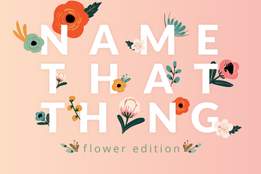Last Updated:
- Updated example sentences
Love words? Need even more definitions?
Merriam-Webster unabridged










Share